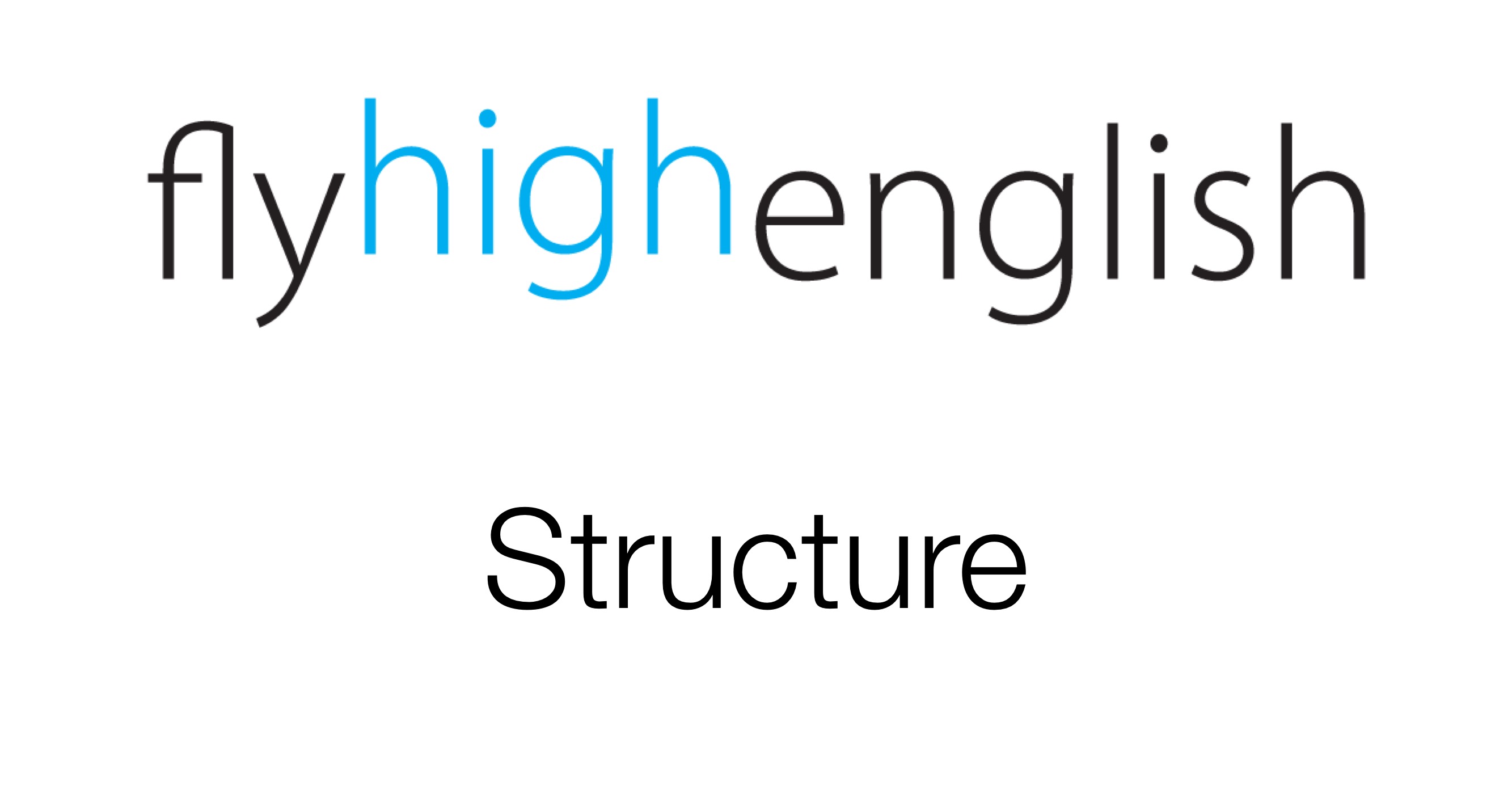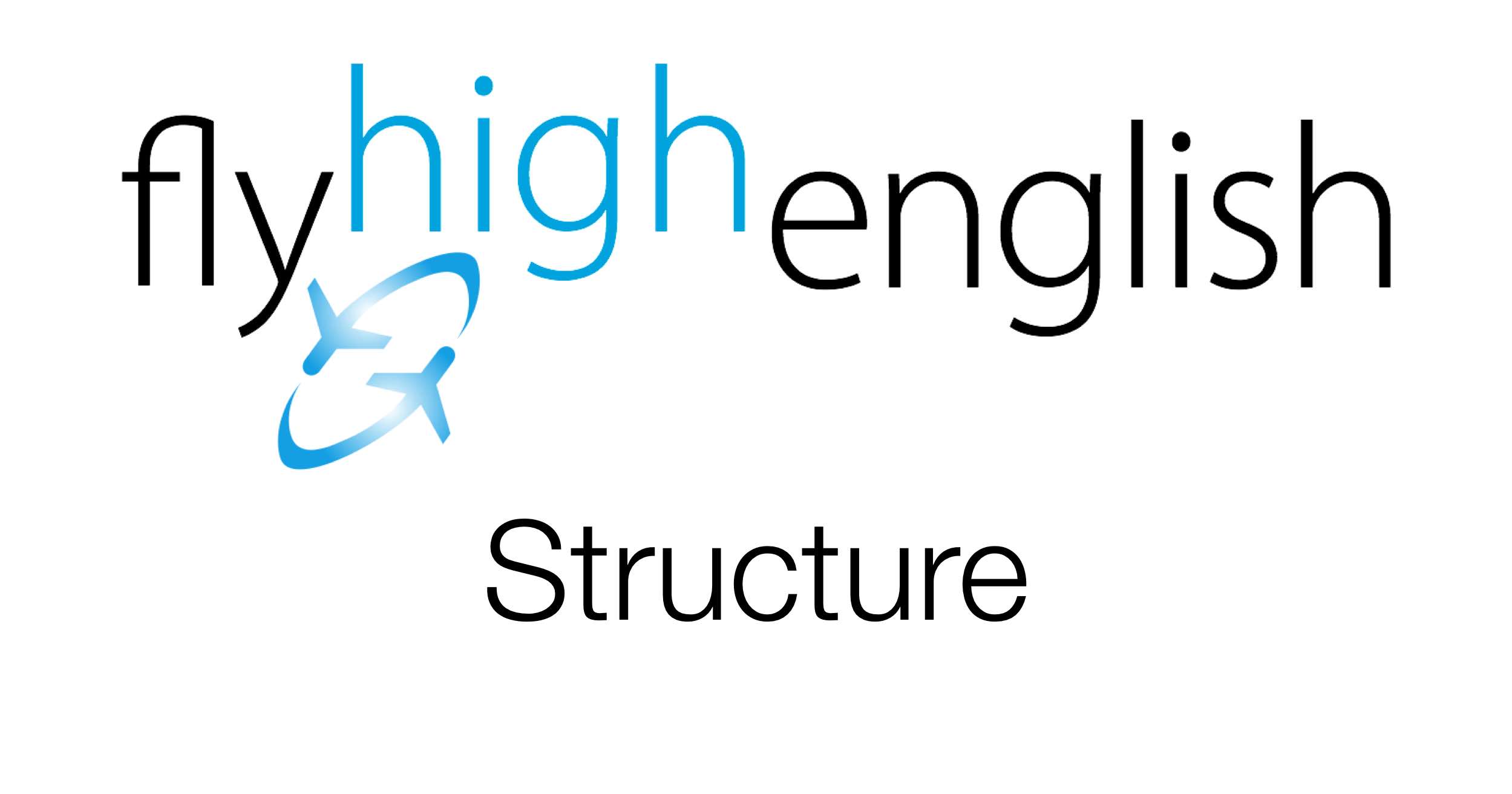
This time in our structure help we continue to talk about patterns when we have two verbs together. Last week we saw the pattern;
I wanted to travel last week.
verb + to + infinitive
And we saw a list of verbs which require this patten.
Now let’s have a look at another example;
I enjoy flying small planes.
In this example we have two verbs together – enjoy and fly – and the first verb tells us the tense of the sentence (present simple) the second verb follows in an ‘ing’ form. So the patten in this situation is;
verb + verb-ing
Our first verb uses the correct tense and conjugation necessary and the second verb is always in the verb-ing form. There are other verbs which require the same structure as ‘enjoy’ when used with a second verb. Here are some of the most common.
enjoy, mind, stop, finish, suggest
Look at some of the examples below and then try to write examples of your own.
They enjoyed visiting the cockpit last week.
We finished cleaning the plane after 25 minutes.
He doesn’t mind working on Saturdays.
We suggested delaying the departure.
Follow us on twitter here, Facebook here or Google+ here for more great content!
Have a great day!




